Learn all about the evolution of Anesthesia!
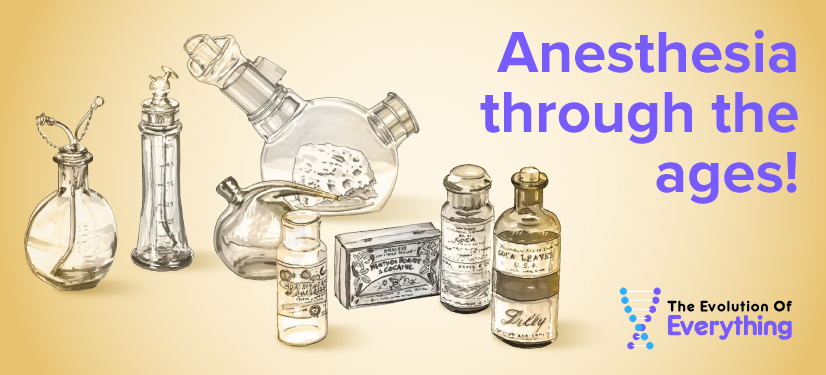
You are on the football field. It is one of the finest matches you ever played, the score is 2-3. With the lead, your team is just a goal away from sweet victory. Your teammate passes the ball to you and you decide to take it to the goal post with a headshot.

Just as you’re about to head the ball, your opponent makes a move, and his kick lands right on your face! Oh the pain, so excruciating! Next thing you know, the doctors are operating you in the Operation Theatre. But you can’t feel a thing! Remember, the doctor gave you some injection and within seconds all your pain vanished! Later, you ask the doctor what was the injection, and he replies, “Anesthesia”
You have been anesthetised!
But what does it mean? How does it work? When was it discovered?
We got everything covered here for you. Let’s get started on this journey forgetting all the pain, it’s time for some info gain!
Until the discovery of general anaesthesia, as we know it today, around the mid 19th century, surgery was performed only as a last and rather desperate resort. Performed with the patient being conscious and without any pain relief! It was beset with unimaginable terror, unspeakable agony, and considerable risk.
What is Anesthesia?
When people have surgery, stitches or other things that might be painful, they are given a special medicine so that their body doesn’t hear, see or feel anything during the surgery. This medicine is called anesthesia. The doctor who administers this medicine is called an anesthesiologist.
What are the types of anesthesia?
There are two types of anesthesia – general anesthesia and local anesthesia. General anesthesia helps the patient fall asleep for a little bit so that they don’t feel any pain while the doctors are operating. Local anesthesia doesn’t make one fall asleep, but it numbs a particular area in the body. So the patient doesn’t feel the pain while they get stitches or undergo any minor surgeries. General anesthesia works by interrupting nerve signals in the brain and body. It prevents the brain from processing pain and remembering what happened during the surgery. It acts by cutting off all the electricity in the body. Similarly, Local anesthesia blocks the nerves that connect a particular body part or region to the brain, preventing the nerves from carrying pain signals to the brain. If you’re thinking that anesthesia is different from the everyday painkillers around you, you’re a 100% right!

Anesthetic is a term used for a substance that produces, in a controllable manner, an absence of perception of all sensation. It enables doctors to produce unconsciousness and muscle relaxation sufficient to perform procedures painlessly. These are different from analgesics aka painkillers which are substances that temporarily relieve pain without causing loss of consciousness.
How is anesthesia given?
An anesthesiologist can give you general anesthesia via injection or by letting you inhale an anesthetic. Local anesthesia is usually given via injection to the affected part of the body or allowed to absorb into the skin of that area.
Evolution of Anesthesia
Since ancient days, pain has been a topic of concern for many philosophers for obvious reasons. Greek philosopher Aristotle considered pain as an emotion, like joy. Similarly, English philosopher Thomas More referred to pain as “the direct opposite of pleasure.” The 15th century French philosopher Rene Descartes perceived it as a sensation, like hot or cold. Although it is difficult to pinpoint the true nature of pain, we can, however, identify some of the methods that man used to numb it.
Let’s take a look at the evolution of anesthesia:
4000 B.C.

Sumerian clay tablet specimen
The Sumerian clay tablet is considered to be the world’s oldest recorded list of medical prescriptions. It is believed by some scholars that the opium poppy is referred to on the tablet. Similarly Pedanius Dioscorides, a Greek physician and pharmacologist, too, suggested the use of opium and the mandrake plant mixed with grape juice, before operating on limbs.


Opium poppy and Mandrake plant

Does the name mandrake sound familiar?
2250 B.C.
In the famous words of William Shakespeare from Much Ado About Nothing, “For there was never yet a philosopher that could endure the toothache patiently.” One of the earliest records of analgesia (an inability to feel pain) is on a Babylonian clay tablet from 2250 B.C., which describes a remedy for toothache. Powdered henbane seeds mixed with gum mastic were inserted into the cavity of a decayed, aching tooth.
1000 B.C.
The Hindu Charaka and Susruta Samhita by Sushruta – the father of Indian medicine and plastic surgery- written around 1000 B.C., mentions the use of grape juice and fumes of the cannabis sativa plant to produce “insensibility to pain.”

Sushruta Samhita Source: LA county museum of art
1170 A.D.
In 1170 A.D., Rogerius, a surgeon and physician from modern-day Italy, wrote Chirurgia Magistri Rogeri, the first book on Western surgery. It makes a mention of monks using sponges soaked in opium and holding over the patient’s nose for surgical procedures, hinting at general anesthesia through inhalation as it is practised today.

Chirurgia magistri Rogeri source: sciencesource
1525
Paracelsus was a Swiss physician, alchemist, and philosopher of the German Renaissance. He pioneered several aspects of the “medical revolution” of the Renaissance. He was the first to use ether, (an organic compound with one oxygen atom connected to two alkyl) on animals.

Ether used by Paracelsus
1804
Japan’s Hanaoka Seishu, a surgeon with the knowledge of Chinese herbal medicine formulated his general anesthetic ointment, Tsusensan. A compound made up of extracts of several different plants like Korean morning glory, monkshood, Cnidium rhizome, cobra lily, ginseng, etc.

Plants used in Tsusensan
1806
After centuries of using opium as a painkiller, Dr. Friederich Wilhelm Sertuerner, an apothecary’s assistant in modern-day Germany, isolated the alkaloid of opium. He called it “morphium” after the Greek god of dreams, Morpheus. Later it was changed to morphia or morphine.
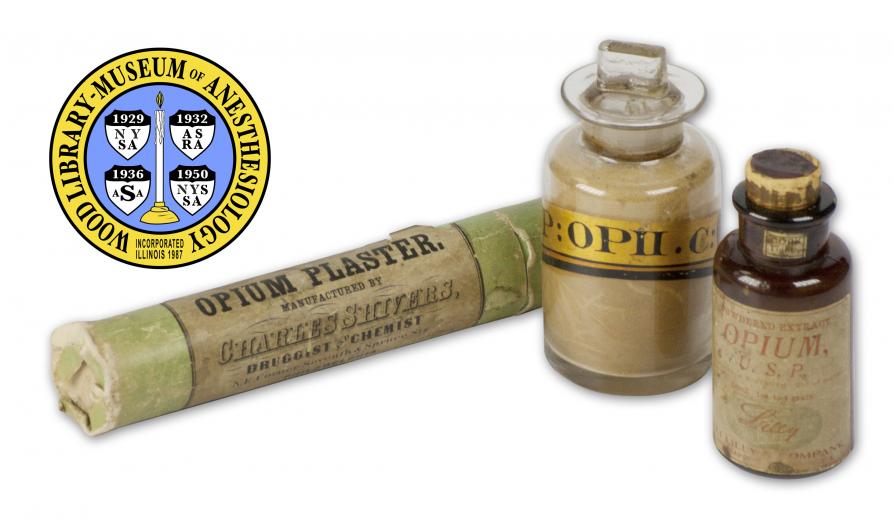

Opium and Morphine
1845 – 46
Dr. Horace Wells, after bravely volunteering to inhale nitrous oxide for his own dental extraction, in Massachusetts in 1845, demonstrated the use of nitrous oxide as anesthesia for a tooth extraction.

Nitrous oxide
On October 16, 1846, Dr. William T G Morton made history by becoming the first person in the world to publicly and successfully demonstrate the use of ether anesthesia for surgery. This occurred at what came to be called “The Ether Dome,” at Massachusetts General Hospital on patient Edward Gilbert Abbott. On December 21, surgeons Dr. William Scott and Dr. Robert Liston, operated on limbs of etherized patients – the first such surgical anesthetics in the British Isles.

“First Operation Under Ether” painting by Robert C. Hinckley. Courtesy of the Boston Medical Library in the Francis A. Countway Library of Medicine. Source: woodlibrarymuesuem
1847
Professor James Y Simpson, a Scottish obstetrician, began administering chloroform to women for pain during childbirth. Chloroform quickly became a popular anesthetic for surgery and dental procedures as well. Although Chloroform was discovered in 1831, it had never been used as anesthesia. Dr. John Snow, an anesthetist from London, popularized obstetric anesthesia by chloroforming Queen Victoria for the birth of Prince Leopold (1853) and Princess Beatrice (1857).

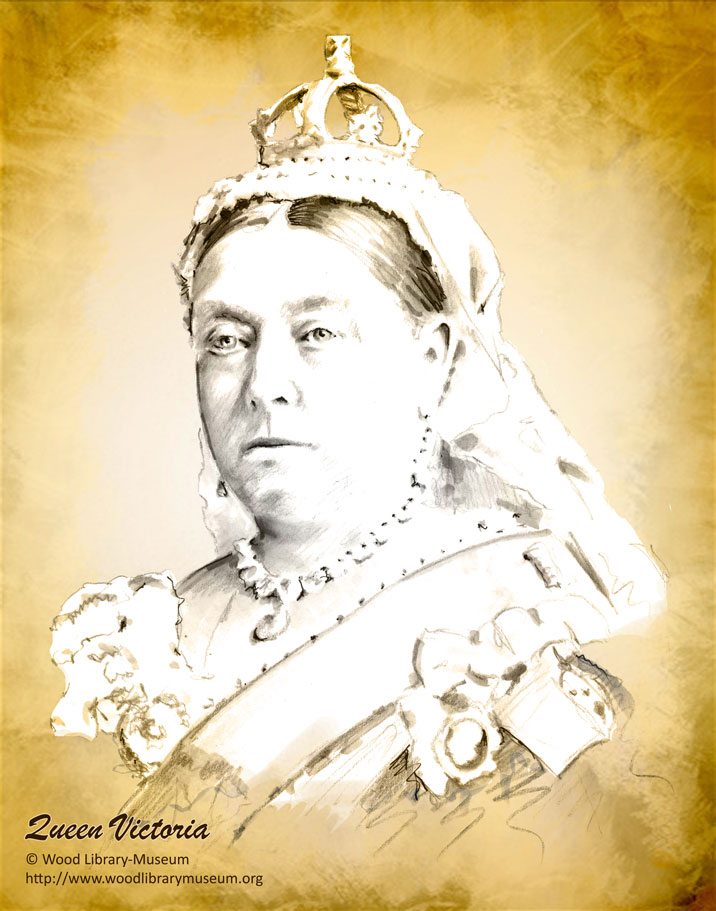
Chloroform and Queen Victoria
1853
Dr. Charles Pravaz and Dr. Alexander Wood independently invented the hollow hypodermic (hypo -under, dermin- the skin) needle. They used it to inject morphine as a painkiller.

Hypodermic syringe
1884
Dr. Karl Koller , a Viennese ophthalmologist and colleague of famous neurologist and father of psychoanalysis, Sigmund Freud, introduced local anesthesia with the use of Benzoylmethylecgonine as an anesthetic for eye surgery.
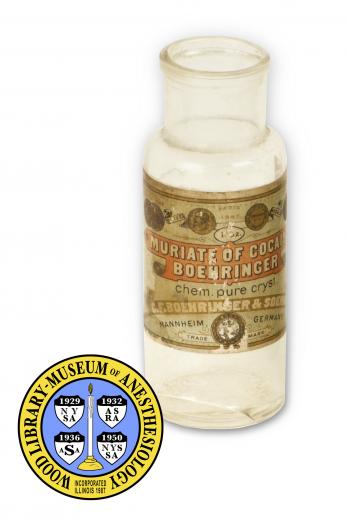
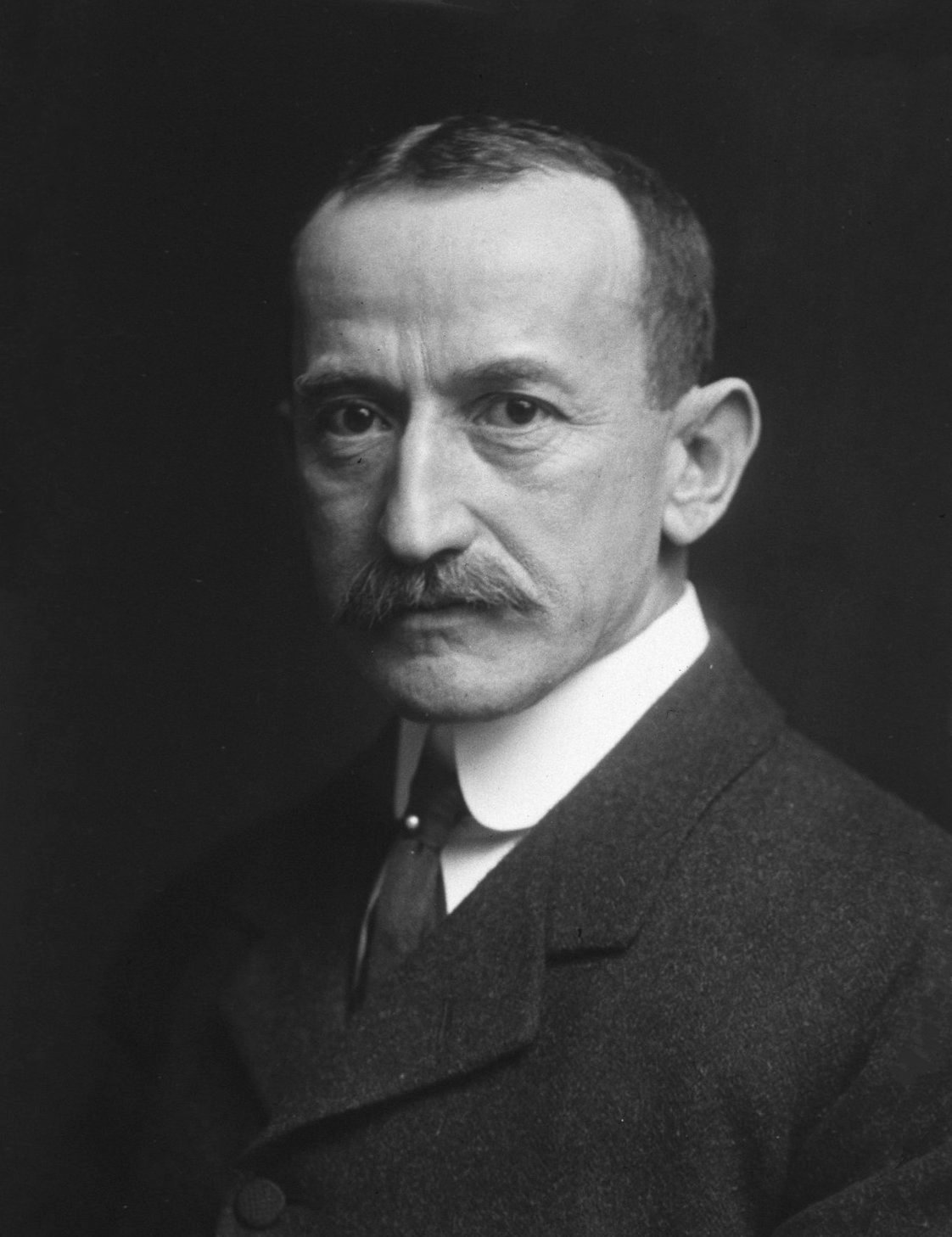
Benzoylmethylecgonine and Karl Koller
1898
Dr. August Bier conducted the first spinal anesthetic surgery. He also popularized the intravenous regional block. Intravenous Regional Anesthesia (IVRA) or Bier’s Block Anesthesia is an anesthetic technique, where a local anesthetic is injected intravenously and it only affects/numbs the target area in the body i.e.any of the following – hand, wrist, forearm, elbow, upper arm, and shoulder or hip, thigh, knee, lower leg, ankle, and foot.

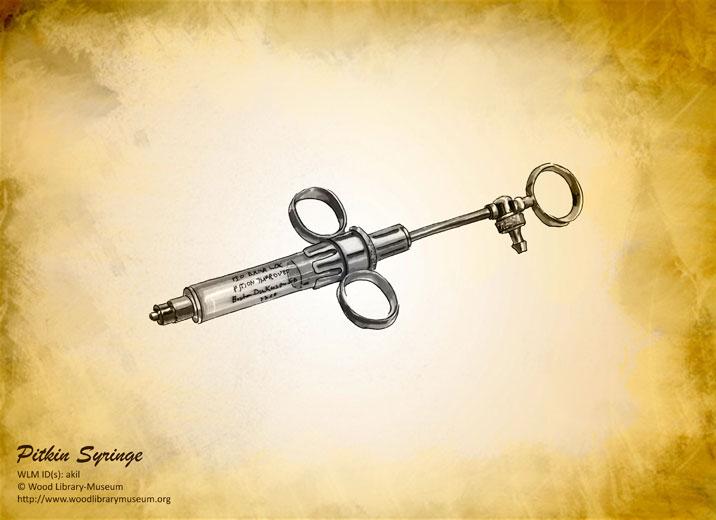
Dr August Bier and his intravenous injection for anesthesia.
1902
Dr. Mathias J. Seifert of Chicago coined the words “anesthesiology” and “anesthesiologist.” He asserted that an “ANESTHETIST” is a technician and an “ANESTHESIOLOGIST” is the scientific authority on anesthesia and anesthetics.

Copy of letter from Dr Seifert to Dr. Woods.
1905
Dr. A Frederick Erdmann (1867-1953), founded the Long Island Society of Anesthetists (LISA), the first professional anesthesia society in the USA. Later renamed to American Society of Anesthesiologists (ASA) as we know today.
1927
Dr. Ralph M Waters joins the University of Wisconsin, Madison. Dr Waters pioneered carbon dioxide absorbing apparatus (To-and-Fro Canister), and inhalational anesthetic gas – cyclopropane – a relatively potent, non-irritating and sweet smelling agent, which made induction of anaesthesia by inhalation rapid and pleasant.


Dr. Water’s carbon-absorbing apparatus and cyclopropane
1941
Dr. Henry K. Beecher, anesthesiologist, medical ethicist, and investigator of the placebo effect at Harvard Medical School, pioneered the understanding of medical ethics, patient consent, clinical trials, and the placebo effect.

Dr. Henry Beecher
1956
The UK’s Dr. Michael Johnstone clinically introduced halothane, the first modern-day general anesthetic. It became popular given its lower cost and lack of airway irritation i.e. irritation caused while inhaling air.

One of the first man-made, non-explosive liquid anesthetics was halothane (Fluothane.)
1972
Isoflurane, an improvement over Halothane is clinically introduced as an inhalational anesthetic.

Isoflurane
1999
In its report To Err is Human, the Institute of Medicine praised the efforts of anesthesiologists in improving patient safety.
In the last two decades, most of the advances in this field have been primarily focused on modifying the chemical structures of existing drugs or drug classes and delivery methods of anesthesia, with the intent to improve their effects and side effects.
Man and pain have coexisted since man’s existence. It is one of the most basic human experiences. Each one of us has gone through it in some variation already. But now you know how mankind deals with it. In other words:
They say time heals all pain, but ever since anesthesia, we slayin’!

Did you enjoy reading this article? Did you learn something new today? Share your learning with us in the comment section below.
If you enjoyed reading this, you may also like